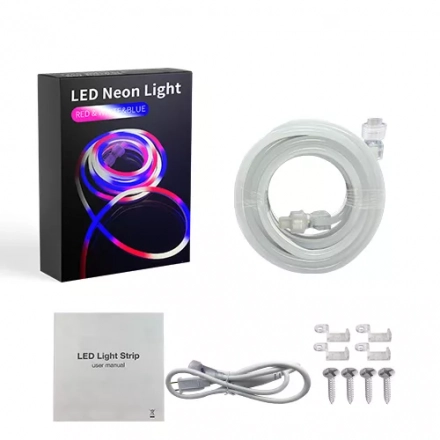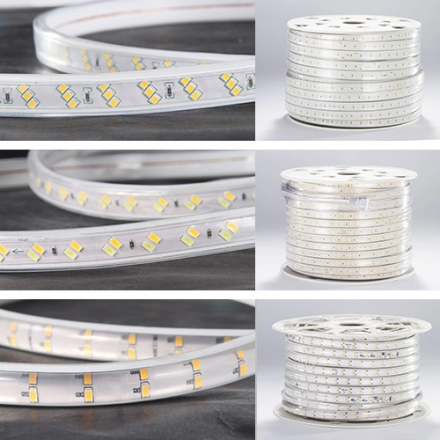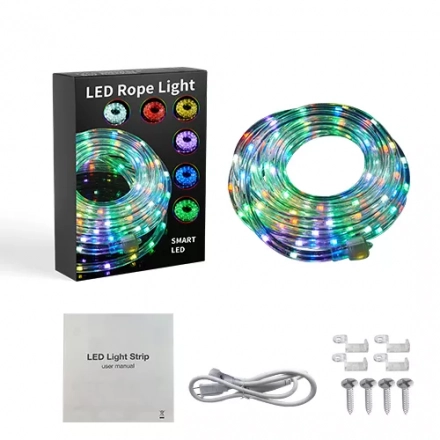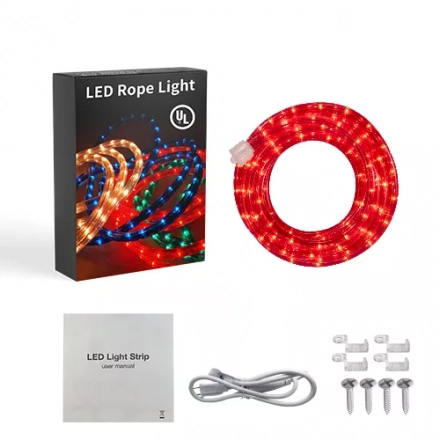Analyzing the Potential of "RGBW COB LED Strip" in Different Types of RGB LED Strips
RGB LED strips have become immensely popular in the field of lighting due to their versatility and ability to create stunning visual effects. One of the emerging variations in RGB LED strips is the "RGBW COB LED Strip." In this article, we will objectively and truthfully analyze the potential of RGBW COB LED strips in comparison to other types of RGB LED strips.
RGB LED strips are typically composed of red (R), green (G), and blue (B) LEDs, allowing them to produce a wide range of colors by varying the intensity of each primary color. However, RGBW COB LED strips go a step further by adding an additional white (W) LED element to the mix. This white LED introduces the possibility of achieving more accurate and vibrant color representation, as well as the ability to produce pure white light.
RGBW COB LED strips offer several advantages over traditional RGB LED strips. First and foremost, the addition of the white LED expands the color gamut and allows for a wider range of color variations. This additional element can produce a pure white light, which can be essential in certain applications where accurate color representation or the option of having pure white illumination is desired.
Another notable advantage of RGBW COB LED strips is their ability to create more subtle pastel shades. The white LED element enables softer blending of colors, resulting in more delicate and nuanced lighting effects. This characteristic makes RGBW COB LED strips particularly attractive for ambiance lighting in spaces such as restaurants, hotels, and homes.
Furthermore, RGBW COB LED strips offer increased brightness levels compared to some RGB LED strips. The additional white LED contributes to overall luminosity, ensuring a brighter and more impactful lighting experience. This feature makes RGBW COB LED strips suitable for applications where high brightness is a priority, such as stage lighting or architectural lighting installations.
In terms of practicality, RGBW COB LED strips may require additional control and wiring complexity compared to standard RGB LED strips. Since there is an extra LED element, proper control and power management become crucial to achieve the desired lighting effects. However, advancements in LED control technology have made it easier to address these challenges, and manufacturers are continuously improving the integration of RGBW COB LED strips into lighting systems.
In conclusion, RGBW COB LED strips offer a promising alternative to traditional RGB LED strips by incorporating an additional white LED element. Their ability to enhance color accuracy, expand the color gamut, and provide pure white illumination makes them well-suited for a wide range of lighting applications. While they may require careful control and management, the advantages they bring in terms of versatility, subtlety in color blending, and increased brightness make RGBW COB LED strips an exciting option for lighting designers and enthusiasts alike.






